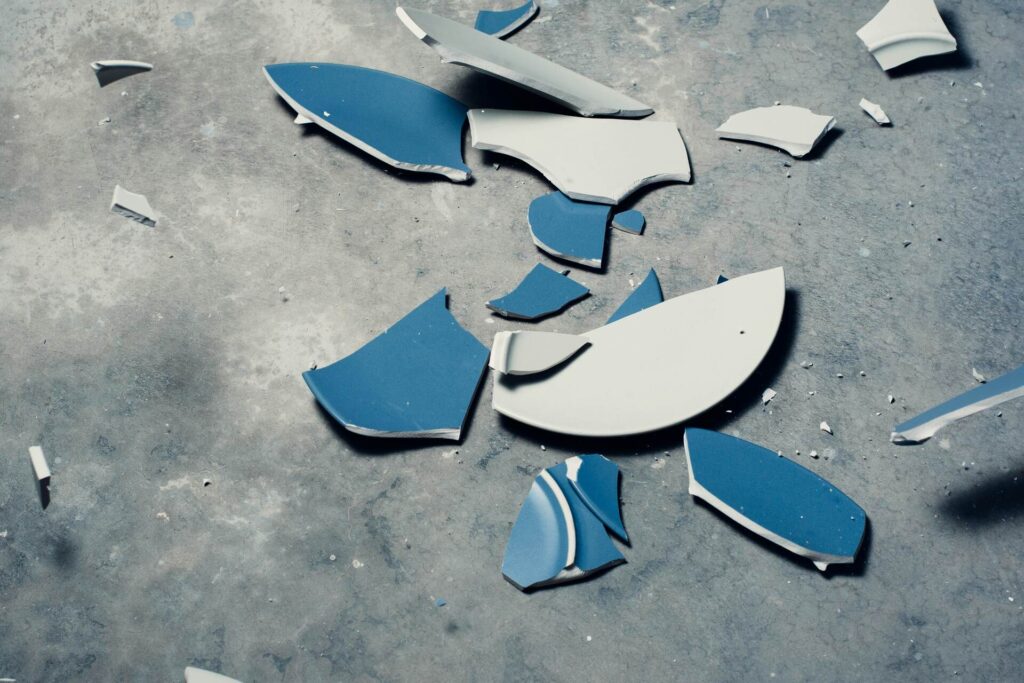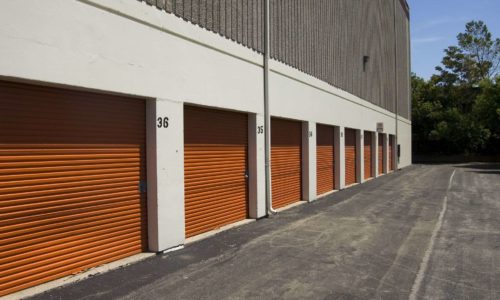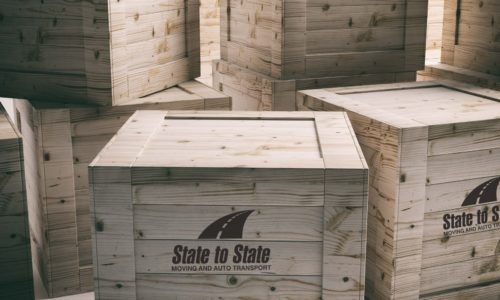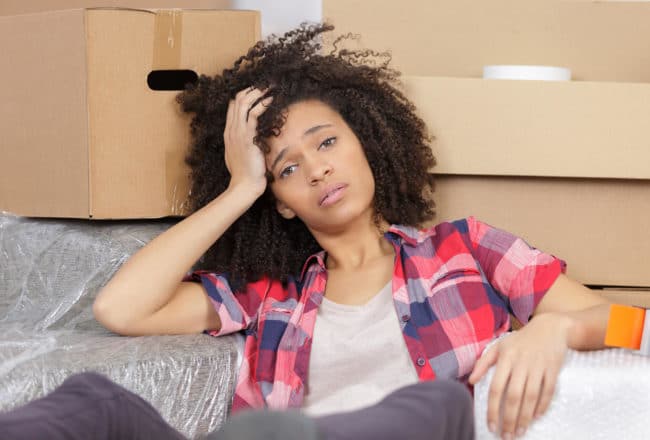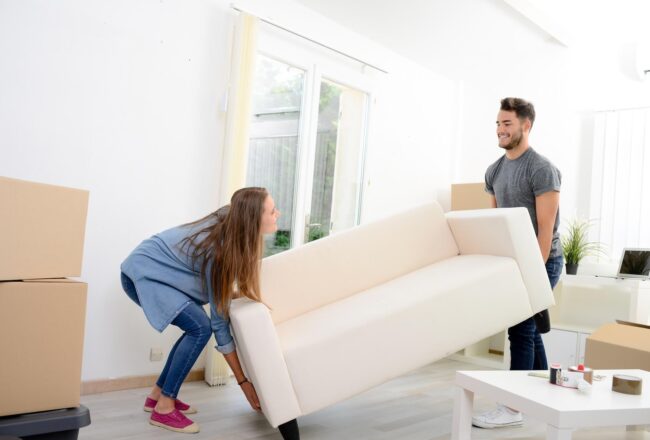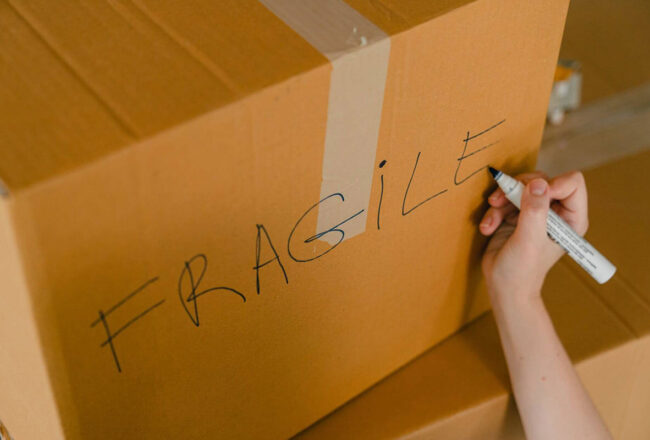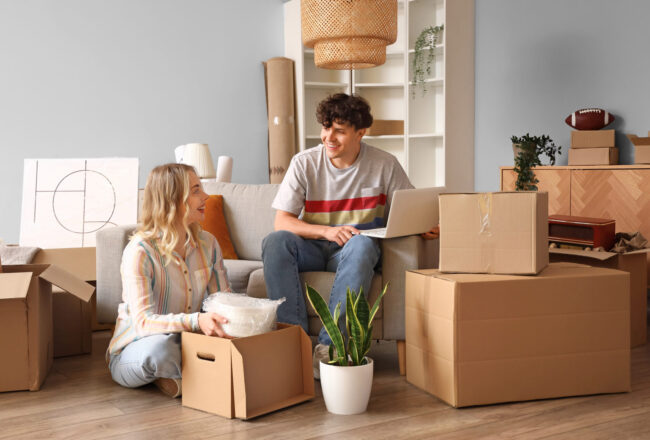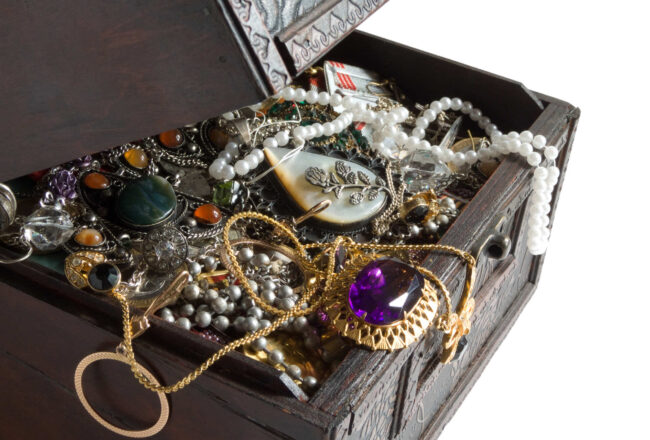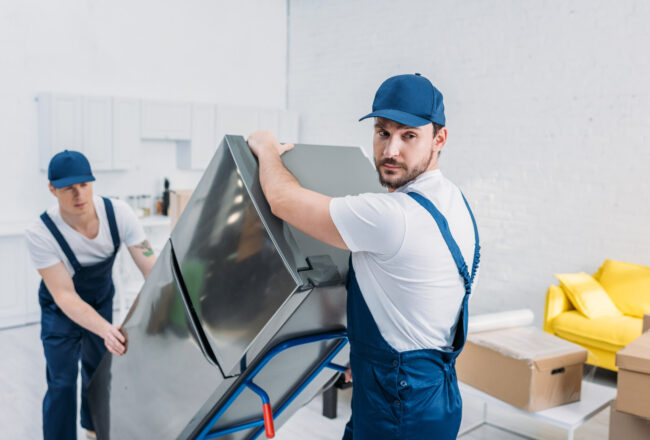Relocating can be a stressful time, when all you can think about is will your cherished belongings get damaged or broken during the process. That’s why it’s so important to know how to prevent things from breaking and ensure they arrive at the new home in pristine condition. So, here’s a guide with the best fragile item moving tips and expert insights to help you achieve a seamless and break-free relocation.
To ensure breakage prevention in moving, use protective packaging materials and techniques, choose a reputable relocation company, and secure moving insurance for peace of mind. Pack fragile items with care, label boxes clearly, and load strategically. If damage occurs, document it and initiate the claims process promptly to protect fragile items during move.
Start by Identifying Breakable Items in Your Home
Assessing and categorizing items that are prone to breaking is a critical first step in preparing for the process of interstate moving. Start by walking through each room and making a list of items that are fragile, valuable, or have sentimental importance. This includes glassware, ceramics, electronic devices, artwork, and heirloom pieces.
Pay special attention to items with unusual shapes or those that are particularly delicate. Once identified, categorize these items based on their material, size, and fragility level. This approach not only helps in organizing the packing process but also in determining the type of packaging materials and techniques needed for each category.
The importance of creating a detailed inventory of fragile items cannot be overstated. This inventory serves multiple purposes – it aids in keeping track of belongings, assists state-to-state movers in handling items with care, and is invaluable in the event of an insurance claim.
A detailed inventory should include descriptions, pictures, and the condition of each item before the move. This meticulous record-keeping will provide peace of mind and make the unpacking and claims processes much more straightforward.
The Right Packing Materials Make the World of a Difference
Selecting the right packing materials is crucial for ensuring the safety of your belongings during a long-distance move. To achieve optimal protection, it’s important to gather a variety of protective materials designed to address different aspects of the packing process. Bubble wrap serves as a perfect cushioning layer around individual items, protecting them from shocks, while packaging paper offers additional defense against scratches, wrapping items snugly.
High-quality, double-walled cardboard boxes in various sizes are essential for accommodating a diverse range of items, and foam peanuts can be used to fill any voids, preventing contents from shifting. Stretch wrap is invaluable for keeping furniture drawers and doors secure, and heavy-duty packaging tape is a must-have for sealing boxes effectively.
Corner protectors are specifically useful for protecting framed art and mirrors from edge damage, and specialty boxes, like dish pack and wardrobe boxes, are designed for particular items requiring extra care. The packing material market is continuously evolving, introducing innovative solutions such as inflatable air cushions, foam enclosures, and corrugated bubble wrap, which offer superior protection for highly fragile items.
You Can Also Help the Planet
Eco-friendly alternatives like biodegradable packaging peanuts and recycled paper padding are also becoming more widespread, catering to environmentally conscious movers. Available at specialized packing supply stores or through online retailers, these materials are integral to safeguarding items during transit, significantly enhancing the success of the relocation. And if you’re looking for ways to save money, you can get free boxes on sites like Craigslist.

Break-Free Packing Strategies to Prevent Breakage
Professional breakage-proof packing methods are crucial in ensuring that fragile items like glassware, ceramics, and electronics reach the end of the long-distance moving intact. Here’s a step-by-step guide to efficient and secure packing for breakables:
- Prepare the packing area – Have all necessary materials ready and a clean, flat surface to work on.
- Start with a layer of padding – Place a layer of bubble wrap or packaging paper at the bottom of the box for cushioning.
- Wrap each item individually – For kitchen glassware and ceramics, wrap each piece in packaging paper, followed by a layer of bubble wrap. Secure the wrap with tape. For electronics, use anti-static bubble wrap to prevent electrostatic discharge.
- Fill gaps with foam peanuts or crumpled paper – This prevents items from shifting and colliding.
- Place heavier items at the bottom – Arrange items in the box based on weight, with heavier items at the bottom and lighter items on top.
- Add a final layer of cushioning – Before sealing the box, add another layer of bubble wrap or packaging paper on top for extra protection.
- Seal and label the box – Use heavy-duty tape to securely close the box and label it with “Fragile” and “This Side Up” to ensure careful handling.
Use Custom Solutions for Uniquely Fragile Items
For items with unique fragility, such as antiques, artwork, and valuable possessions, a one-size-fits-all approach to packing does not suffice. These treasures often necessitate bespoke solutions to ensure their preservation during transit. Antiques and heirlooms might require custom-fitted boxes or even professional custom crating for optimal protection, especially if the item is exceptionally fragile or has significant monetary or sentimental value.
Wrapping such items demands a gentle touch and the use of soft, acid-free packaging paper to guard against any damage to old or delicate surfaces. Artwork, including paintings and framed pieces, benefits from the use of corner protectors and a layer of glassine, a water-resistant, smooth paper, to protect against moisture before adding further layers of bubble wrap for cushioning.
For sculptures and art with irregular shapes, constructing a tailored cardboard crate lined with foam can offer a snug fit, ensuring the piece is immobile and shielded from the jostles of moving state to state. These custom solutions, though requiring extra effort and materials, are invaluable in safeguarding the integrity and value of irreplaceable items during a relocation.
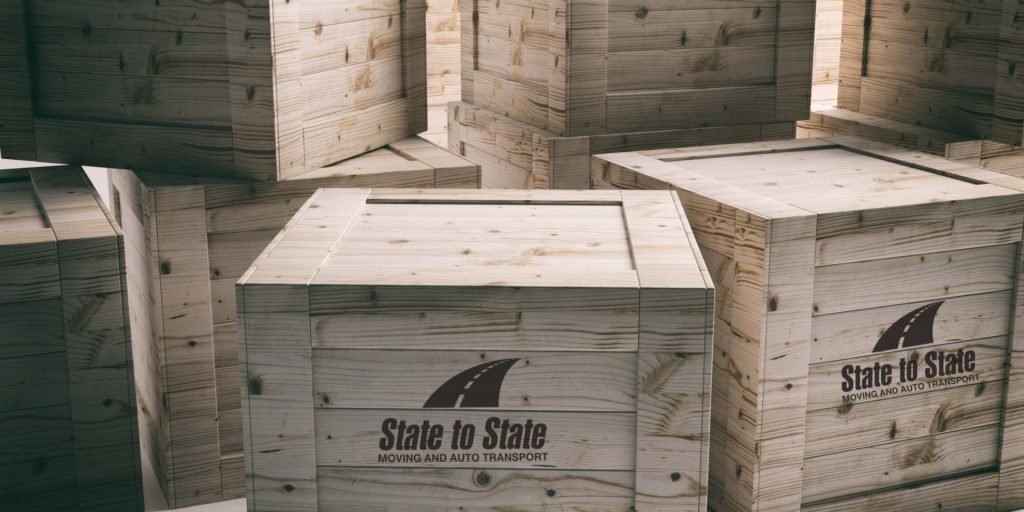
Organizing and Labeling Is Crucial for Safe Transport
Proper organization and labeling are key to ensuring safe transport of breakables. Clearly mark boxes containing fragile items with a “FRAGILE” label on multiple sides to signal the need for gentle handling. Utilize a system of color-coded labels to quickly identify which room each box belongs to, streamlining the unpacking process. This approach not only facilitates easier handling and loading but also helps in prioritizing the placement of boxes to minimize breakage risk in transit.
The Art of Loading – Minimizing Movement and Maximizing Safety
Loading items into a moving truck with strategy in mind is crucial for preventing shifting and ensuring the safety of loaded belongings. Start with the heaviest items, securing them against the walls of the truck to create a stable base. Lighter, more fragile items should be loaded last, ideally atop or between heavier items, to minimize movement.
Use soft materials like blankets or pillows to fill gaps and provide extra cushioning. Strategic placement and securing of items with straps or ropes can greatly reduce the likelihood of shifting, pressure, and impact during transport, safeguarding all belongings throughout the move.
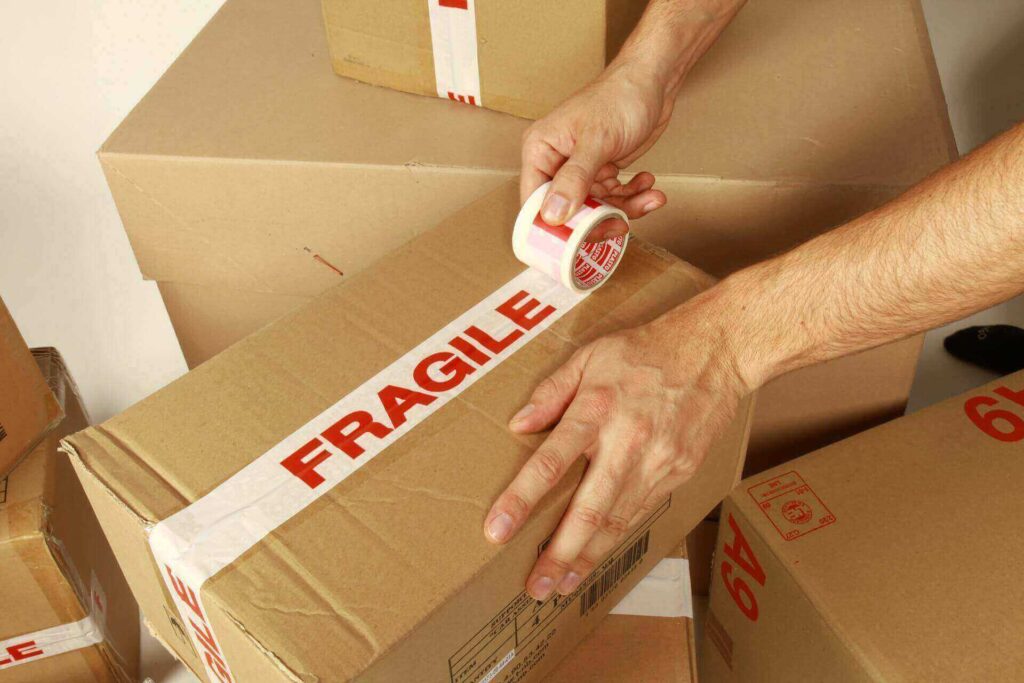
Selecting the Right Movers Can Make the Entire Process a Breeze
Choosing the appropriate moving company is crucial for the safe handling and transport of your possessions. When evaluating potential movers, it’s important to look for companies with a strong reputation for reliability and customer satisfaction, such as State2State Movers. Seek out reviews and testimonials from previous clients to gauge the company’s track record.
Additionally, ensure that the company is licensed and insured, providing an extra layer of protection. A professional mover should also offer a clear and detailed plan for how they intend to handle the items, especially those that are fragile or of high value.
Learn All You Can Before Selecting a Company
When in dialogue with potential movers, there are several questions you should ask to understand their methods for preventing breakage. Inquire about their packing and loading techniques, specifically how they handle items marked as fragile.
Ask if they provide special materials or packing services for delicate items and whether their staff receives training on safe handling practices. Understanding the steps a moving company takes to minimize the risk of damage will give you insights into their professionalism and the level of care they will extend to your belongings.
Insuring Belongings for Peace of Mind
Understanding moving insurance coverage options is essential for ensuring the safety of belongings during a move. Moving companies typically offer two types of liability coverage – mandatory liability insurance and full-value replacement.
Mandatory liability insurance automatically comes with professional relocation services and offers minimal coverage at no additional cost. It provides only a fraction of the value of any damaged or lost items, usually 60 cents per pound of lost or damaged goods. On the other hand, full-value replacement costs extra, but it holds the company accountable for replacing lost or damaged items in the shipment up to a certain, declared value.
If you have items of significant monetary or sentimental value, investing in FVR may be the best course of action. It’s also wise to document the condition of all items before the move, as this can be invaluable in the event of a claim. Discussing insurance options with the relocation company can help you make an informed decision, providing peace of mind as you transition to the new home.
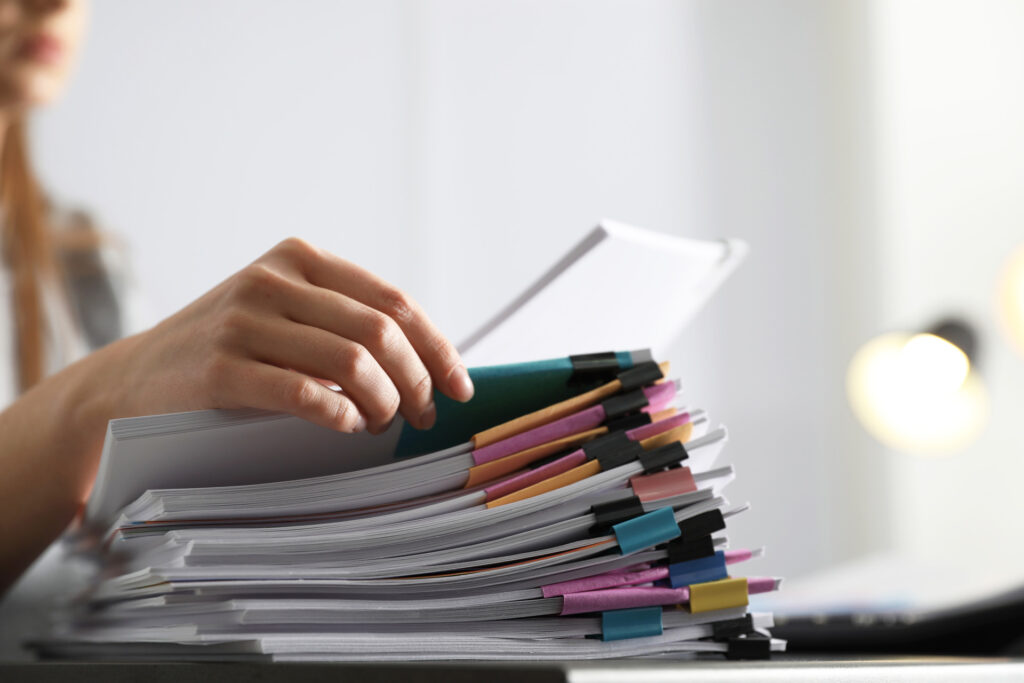
The End of the Journey – Unpacking with Care
Unpacking items safely is just as crucial as packing them to prevent breakage. Begin by carefully removing items from their boxes, especially those labeled as fragile, and avoid stacking boxes as you unpack to reduce the risk of them tipping over. Use scissors or a box cutter to open boxes along the seams to avoiding damage during relocation. Gently remove the packing materials and inspect each item as you unpack it, setting aside any that require further cleaning or assembly.
Prioritizing what to unpack first can also help reduce the risk of damage. Start with essential items you’ll need immediately, such as kitchen items, toiletries, and bedding. This not only helps in organizing the new space but also minimizes the clutter and movement around fragile items that will be unpacked later. Fragile and valuable items should be unpacked individually and placed directly into their new locations to avoid being moved multiple times.
Perform Final Post-Move Checks
After completing the move, it’s important to inspect all items for any hidden damage that may have occurred during transit. Begin by checking the most fragile items and those of high value, as these are most susceptible to damage. Look for signs of stress, cracks, or functionality issues, especially with electronics and appliances.
If you discover breakage or damage, document it immediately with photographs and detailed notes. This documentation will be crucial if you need to file a claim with the moving company or insurance. Contact the company as soon as possible to report the damage and inquire about the next steps according to their policy.
Keep all important documents, including inventory lists and communications with the movers, as these will support the claim process. Taking these steps promptly can help ensure that you are compensated fairly for any damage that occurred during the relocation.
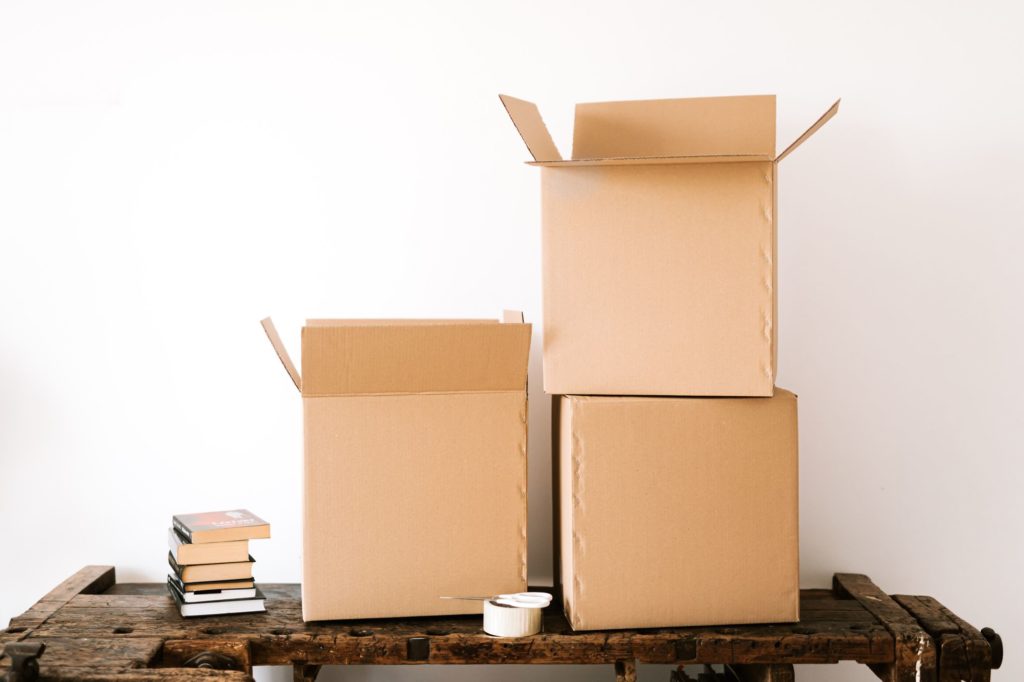
From Packing to Unpacking – Mastering the Art of a Breakage-Free Move
Transporting belongings safely and without any mishaps requires meticulous planning and safe moving techniques for delicate items. This comprehensive approach to moving interstate not only safeguards the items but also transforms a potentially stressful experience into a smooth and successful transition.
And, if you want to have a stress-free move and avoid the struggles of packing delicate items and worrying about them, contact us at State2State Movers and allow our team to take care of everything. With our comprehensive moving services, all you need to do is sit back and relax, knowing your belongings are well taken care of.
Frequently Asked Questions
What Are the Best Materials to Use to Prevent Things From Breaking During a Move?
The best materials include bubble wrap, packaging paper, sturdy boxes, foam peanuts, stretch wrap, packaging tape, corner protectors, and specialty boxes for delicate items.
How Can I Pack My Fragile Items to Minimize the Risk of Breakage?
Efficiently pack fragile items by wrapping them individually in bubble wrap or packaging paper, securing the wrap with tape, and placing them in sturdy boxes with plenty of cushioning material to fill gaps. Ensure boxes are firmly packed to prevent movement, and clearly label them as “Fragile.”
What Should I Look For in a Moving Company to Prevent My Belongings From Breaking?
Look for a moving company with a solid reputation, proper licensing and insurance, positive customer reviews, and specific experience in handling fragile items. Ask about their packing and transport procedures to ensure they take steps to minimize the risk of breakage.
How Does Moving Insurance Protect My Items From Breakage?
Moving insurance, including mandatory liability insurance and full value replacement, offers financial protection by covering the cost of repair or replacement of damaged items during the move. It ensures compensation for any breakage, providing peace of mind.
What Steps Should I Take if I Find Something Broken After the Move?
If you find something broken, document the damage with photos, keep the broken item and all packing materials, and report the damage to the moving company immediately. Review the relocation contract and insurance policy to understand the claims process and file a claim as soon as possible.

